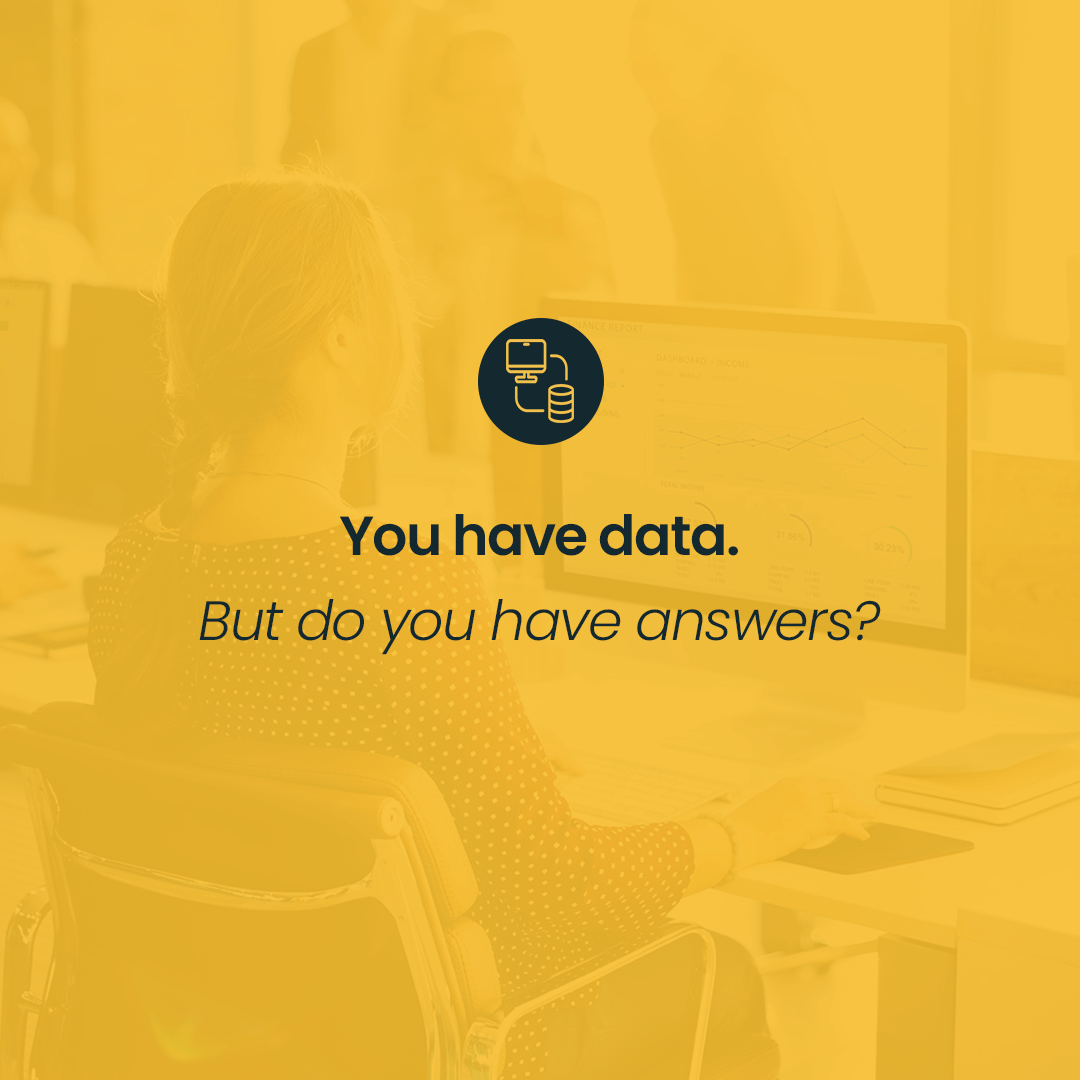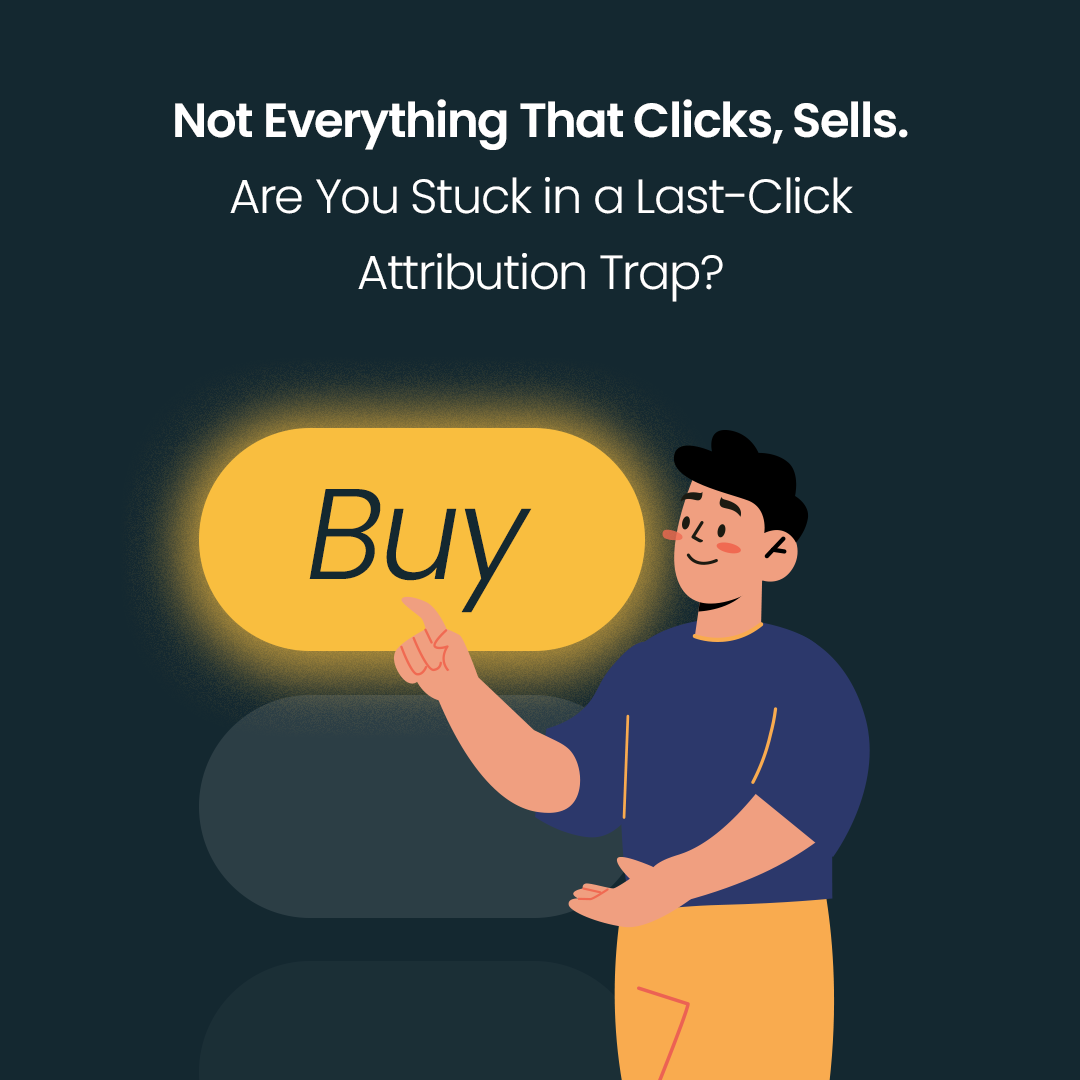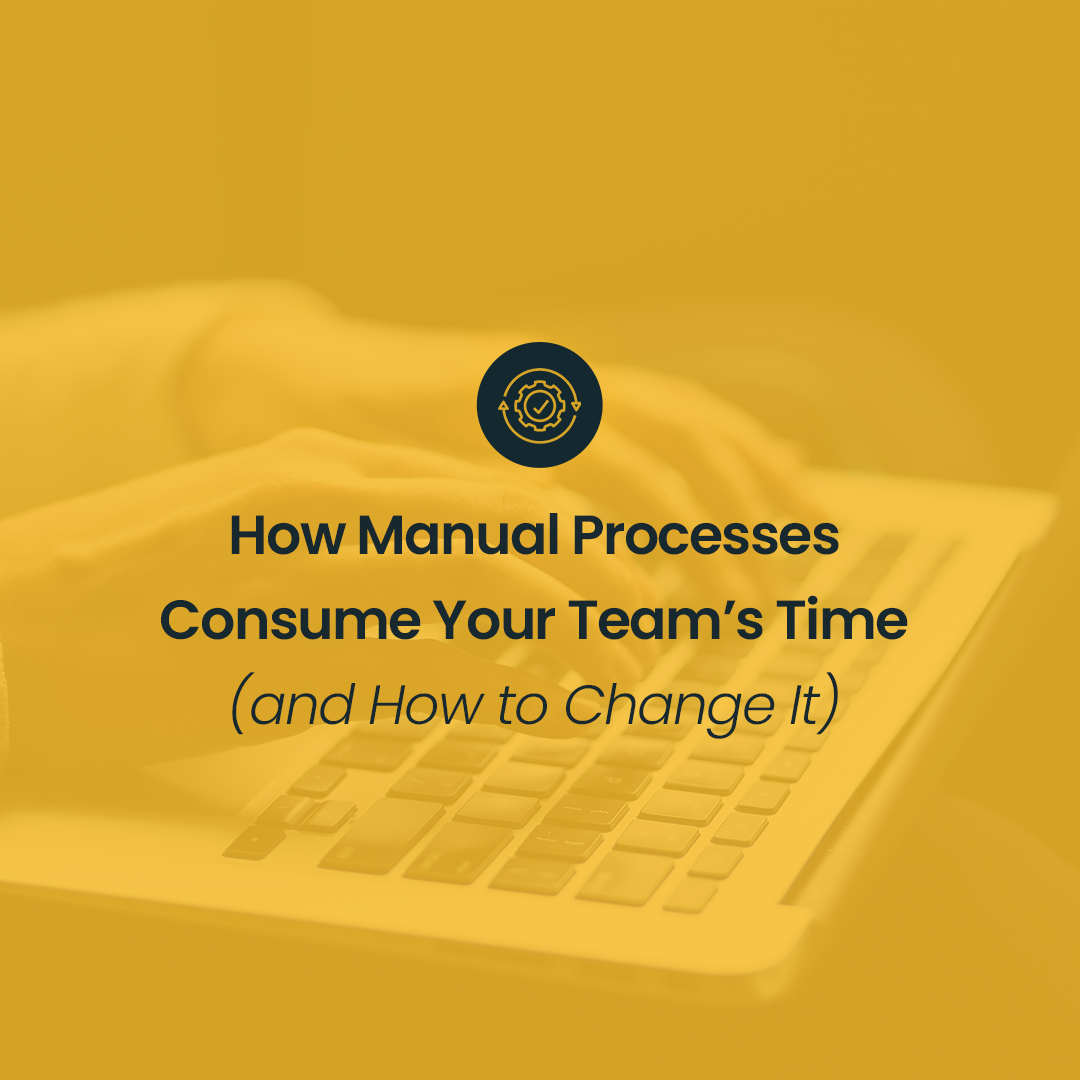Artificial intelligence is no longer an add-on to digital advertising. Today, it's the core component. Both Google Ads and Microsoft Advertising rely on AI at nearly every stage of the campaign, from targeting to creative development, bid optimization, and reporting.
What does this mean in practice for marketers? How can you leverage these changes to your advantage?
Google Ads: Full AI-Powered Automation
New Campaign Types: AI Max and Performance Max
Google is launching new, highly automated campaign types that use artificial intelligence to better reach users and improve performance.
AI Max is a new campaign format that doesn’t require manual keyword selection. Instead, the system analyzes your ad content, landing pages, and user intent to automatically match ads with relevant search queries. This allows your ad to show up for queries that marketers themselves may not have anticipated but are selected by AI based on context.AI Max Rollout Timeline:
Global beta ended: May 2025
Open beta launched: May 27, 2025
Full rollout planned: September 2025
Performance Max (PMax) is Google’s most advanced campaign type. Within a single campaign, you can reach users across all Google channels: Search, Display, YouTube, Gmail, and Discover.
The system automatically decides where, and in what format to display your ad, how to allocate the budget, and how to tailor the message, which is all based on data and machine learning.
Both AI Max and PMax illustrate Google’s strong focus on automation driven by user intent, not just keywords.
Power Pack: AI Campaigns for Every Stage of the Customer Journey
To help marketers make the most of AI-powered campaigns, Google introduced Power Pack, a set of three campaign types that together cover the entire purchase funnel:
The first two are the already-mentioned Performance Max and AI Max. The former automatically selects formats and channels (e.g., Search, YouTube, Gmail) to maximize reach and performance. The latter uses AI to analyze ad and landing page content to target users based on intent rather than keywords.
The third is Demand Gen which are campaigns focused on brand awareness in Display channels, perfect for the top of the funnel.
With Power Pack, marketers can effectively reach users from first contact to conversion.
Generative AI: A New Way to Create Ads
Google is also developing generative AI tools like Product Studio and Asset Studio. These enable fast creation of ad materials, headlines, descriptions, graphics, and even short videos. This is a major advantage for producing personalized ads at scale.
From Automation to a New Way of Searching
Beyond campaigns and creatives, another area where Google is leveraging AI is bid optimization and the search experience itself.
Smart Bidding is an intelligent bidding system that analyzes data in real time (location, device, previous user behavior) to predict conversion probability. The system can even estimate customer lifetime value (LTV), allowing smarter budget investment and targeting users with similar buying intent.
Google is also testing and rolling out features that fundamentally change how users interact with search:
AI Overviews generate summarized responses to user queries using language models. These summaries can also feature ads (currently mostly in the US), matched to the query context.
Google AI Mode allows users to interact with search using natural language. Instead of entering short keywords, users can ask questions and receive more relevant, personalized results.
Google has announced further development of multimodal interfaces (combining text, image, and voice) and AI agents capable of independently executing complex user tasks. This development path shifts marketers’ roles from operational to strategic - focused on delivering data, creatives, and signals to feed algorithms.
Microsoft Ads: A Leader in Conversational and Generative AI
Copilot – AI That Manages Campaigns for You
Microsoft is developing Copilot, an AI-powered tool that supports campaign management, acting as an advanced marketing assistant. Copilot helps create high-quality ad content, analyze data, and optimize campaigns - integrating with Microsoft services like Bing, Outlook, and Microsoft 365.
Based on gathered data, Copilot assists in real-time adjustments to ad messaging, bidding, and audience targeting, responding to evolving user behaviors and needs. As a result, ads become more relevant, contextual, and effective, while marketers retain final decision-making power.
Ads Studio – Content Creation with AI Support
Integrated with Copilot, Ads Studio is a tool for creating ad materials such as graphics or videos. The system automatically adapts creatives for various channels (e.g., MSN, LinkedIn, Microsoft Casual Games), ensuring consistency with brand messaging and audience expectations.
This solution allows scalable content production and ad personalization without involving a creative team for every version.
Intent-Based Targeting
Microsoft Advertising uses two mechanisms to reach users before they type specific queries:
Broad Match displays ads for semantically related queries—even if they don’t include exact keywords. Thanks to AI, campaigns reach users with similar intent, which the marketer might not have anticipated.
Predictive Targeting identifies users with high conversion potential based on behavioral and demographic data (e.g., from LinkedIn) before they show direct interest.
This combination increases reach and precision in campaigns, especially for B2B efforts.
New Ad Formats: Compare & Decide and Showroom Ads
Microsoft is also introducing interactive ad formats that integrate with Copilot and Bing Chat, supporting users in the decision-making process.
Compare & Decide lets users compare products (e.g., laptops, cars) in a clear table format directly within Bing Chat. Users can ask questions and get a detailed comparison of offers without leaving the search engine.
Showroom Ads are virtual “showrooms” where users can browse products in a visually engaging format and interact with AI, asking about features, availability, or pricing.
Both formats boost engagement and shorten the buying journey, especially for comparison-based purchases.
A New Advertising Paradigm: From Keywords to Prompts
Decline of Keyword Role: Users increasingly conduct multi-step conversations with AI, sharing needs and context. Language models better understand these nuances than traditional matching systems.
Fewer Clicks, Higher Intent: AI-generated answers reduce the number of clicks, but those that remain are much more valuable.
New Monetization Models: Marketers are exploring alternatives like affiliate or commission-based models to adapt to changing consumer behavior.
In short, digital advertising is undergoing a fundamental shift from traditional keyword targeting to advanced approaches based on prompts and conversations.
What Should Marketers Do Now?
To succeed in an AI-first advertising environment, it’s essential to:
Base actions on reliable first-party data. Accurate tracking enables smarter decisions and supports AI-driven optimization.
Test Performance Max and Copilot. These tools help discover added value and insights from automation.
Create varied content (text, graphics, video). This enables AI to effectively test, learn, and personalize.
Maintain campaign control (brand safety, negative keywords). Brand safety tools and negative keyword lists help retain oversight.
Develop competencies. Training in prompt engineering, data analysis, and strategic use of automation is now essential for marketing teams.
5 Strategic Priorities:
Campaign optimization for real user language and intent.
Creating content tailored to conversational models.
Building modular, flexible creatives.
Activating first-party data.
Automating and dynamically producing content at scale.
Google vs. Microsoft – Comparison
Feature | Google Ads | Microsoft Ads |
Cross-channel reach | Performance Max (Search, YouTube, Display) | Unified Campaigns (Bing, MSN, Xbox) |
Creative tools | Product Studio, Asset Studio | Ads Studio + Copilot |
Conversational AI | AI Overviews, AI Mode | Copilot, Bing Chat |
B2B targeting | Demographics | LinkedIn data integration |
AI in search | Google Search Generative Experience | Bing Chat & Copilot |
Google Ads is ideal for e-commerce and omnichannel campaigns, while Microsoft Ads is recommended for B2B marketers and campaigns based on deep behavioral data.
How to Prepare for the Future
AI is not only changing how campaigns are run, it’s redefining user expectations and marketing team roles.
To stay competitive, marketers should focus on four key areas:
Optimize content for voice and visual interfaces, enabling AI assistants to easily interpret and prioritize your assets. Most generative AI searches still occur on desktop and typically generate better conversions—so don’t overlook desktop-focused strategies.
Improve landing page quality. Well-structured and context-rich layouts improve understanding and usability for AI.
Implement ethical standards. As AI-generated content becomes more popular, ethical standards must also improve. This includes clear labeling of AI-generated assets and obtaining informed consent where applicable.
Invest in team development. Teams should attend workshops and share best practices to stay up to date with evolving tools and strategies.
Summary
Google and Microsoft have transformed into AI ecosystems. In a world where intent outweighs clicks, those who invest in data, creative, and AI-supported strategies will win.
If you need support in this area, contact us. We run campaigns on both platforms and are search marketing experts. Let’s talk.
Source:






